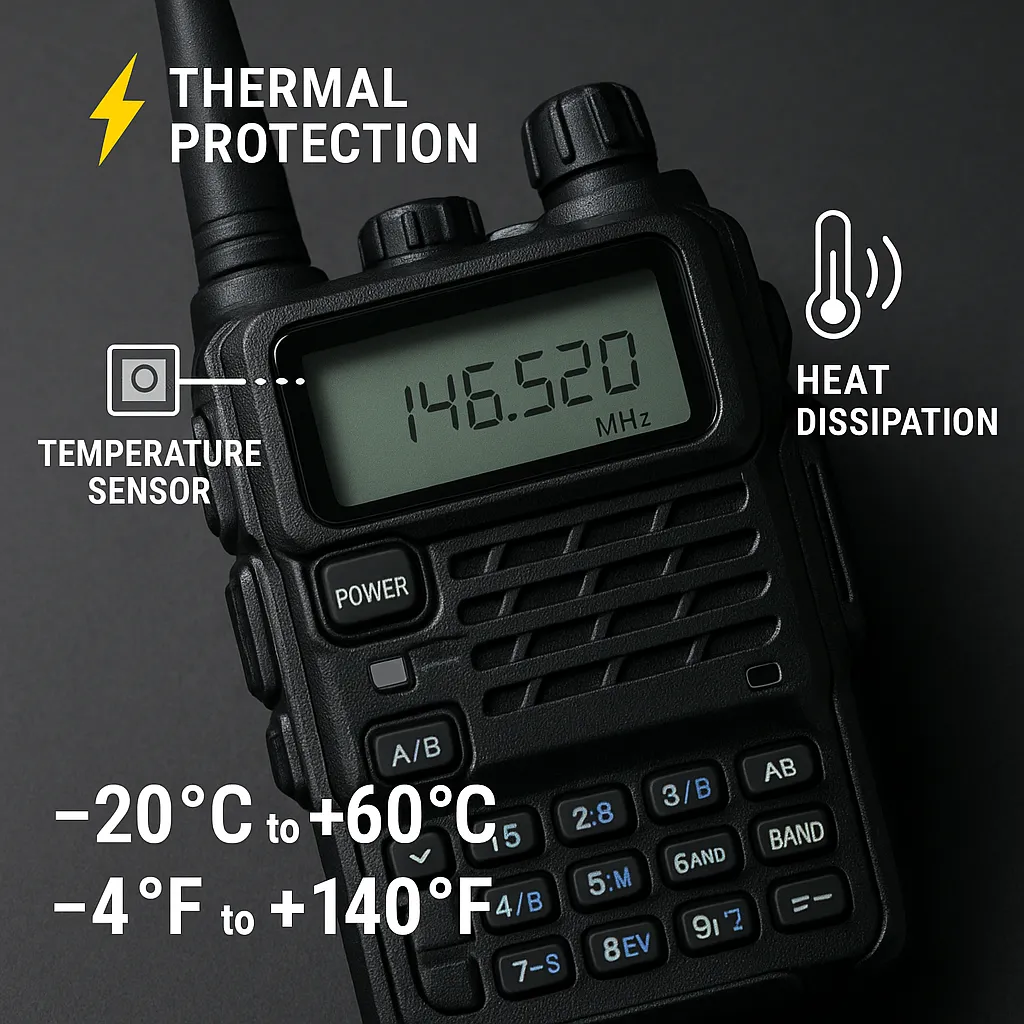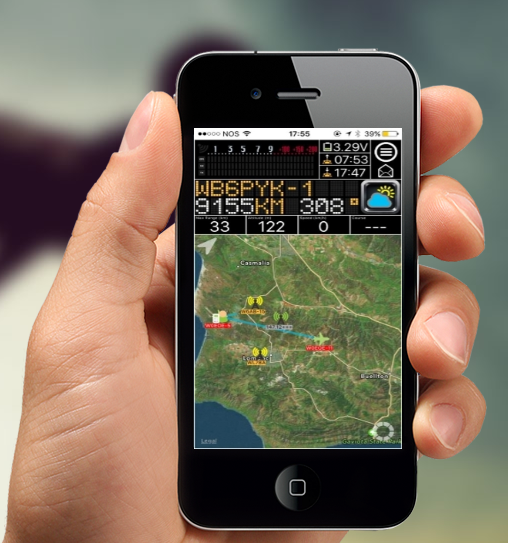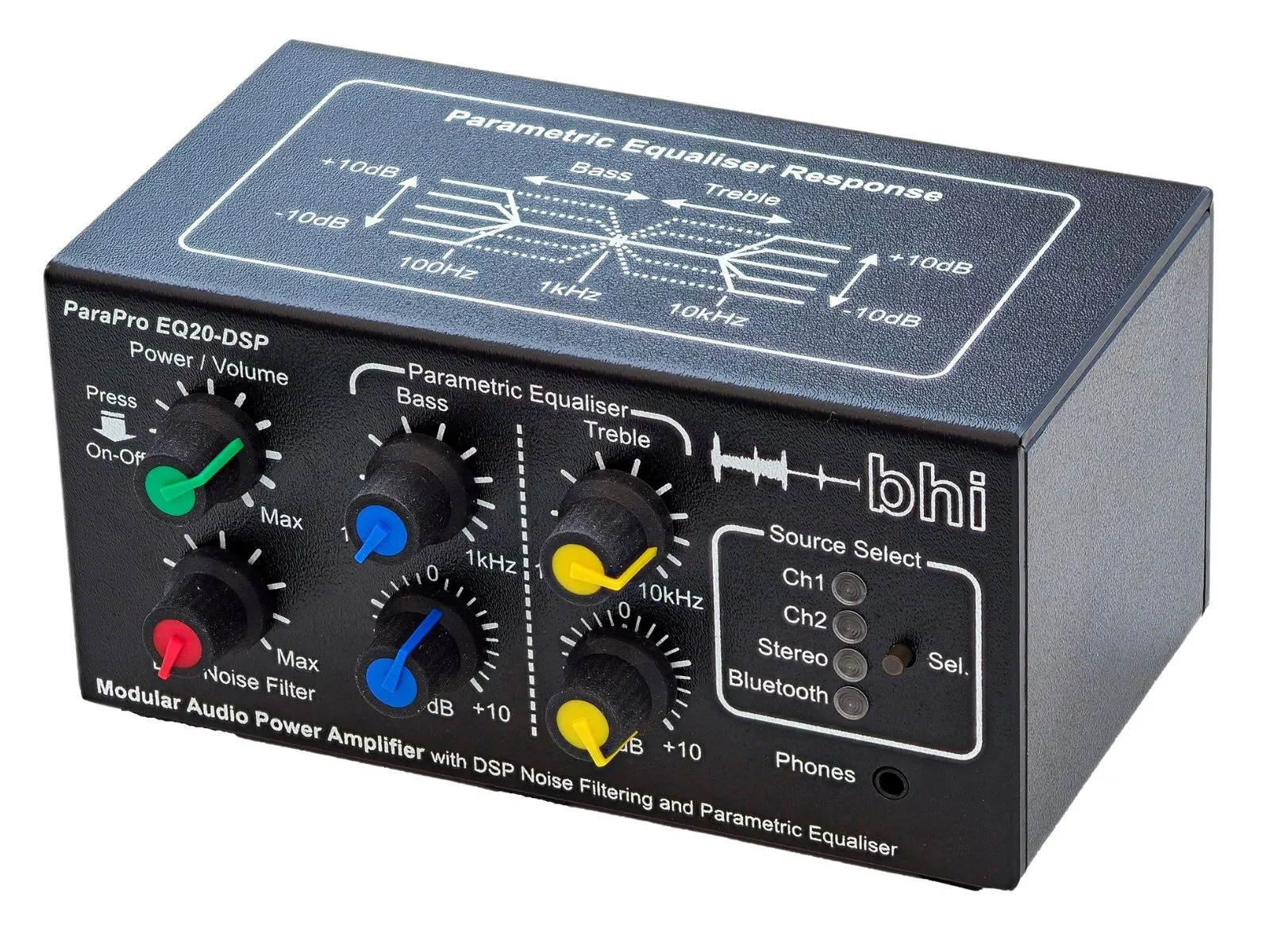amateur radio
electronics
ham radio
tactical communications
thermal
transceiver
AmateurRadio, communicationgear, electronicsafety, heatmanagement, heatsinks, militaryradio, milstd810, overheatingprevention, PowerSupply, radioelectronics, RadioEngineering, radioperformance, radiosafety, ruggedradios, tacticalsradios, temperaturecontrol, temperaturemonitoring, thermalprotection, Transceivers
9M2PJU
0 Comments
Understanding Thermal Protection in Transceiver and Tactical Radios
When it comes to radios, especially those used for critical communications, managing heat is a crucial part of ensuring reliable performance and device longevity. Whether you’re using a casual transceiver or a high-end tactical radio, thermal protection plays an important role — but how exactly does it work, and why does it matter?
What Is Thermal Protection in Radios?
Thermal protection is a built-in safety mechanism designed to prevent radios from overheating during use. Radios generate heat primarily through their power amplifiers when transmitting, especially at high power levels or during extended operation. Excess heat can damage internal components, degrade performance, or even cause permanent failure.
To combat this, radios with thermal protection monitor their internal temperatures using sensors. When the device detects that it’s running too hot, it takes actions such as:
- Reducing transmit power to lower heat generation,
- Temporarily shutting down or switching to standby mode,
- Alerting the user with warnings or indicator lights.
Thermal Protection in Everyday Transceiver Radios
Many modern transceiver radios, especially those from reputable brands, come equipped with some form of thermal management. For example, higher-end handheld or mobile radios often feature automatic power throttling or shut-off mechanisms if temperatures climb too high.
However, entry-level or budget radios might have limited or no active thermal protection, relying instead on the operator to manage duty cycles and avoid overheating. This means users should be mindful of continuous transmission times and ambient conditions when using simpler radios.
Why Tactical Radios Take Thermal Protection Seriously
Tactical radios, used by military, law enforcement, and emergency responders, operate under much tougher demands:
- They transmit at higher power for longer periods,
- Must function reliably in extreme environmental conditions,
- Are critical for mission success and safety.
Because of these demands, tactical radios are designed with robust thermal protection systems. These radios typically include:
- Advanced temperature sensors monitoring key components,
- Automatic power reduction or temporary shutdowns to prevent overheating,
- Built-in heat sinks, fans, or rugged materials for efficient heat dissipation,
- Visual or audible alerts to warn users of excessive temperatures.
Examples of such tactical radios include the Harris Falcon III series, Thales AN/PRC series, and Motorola APX series, all built to military-grade standards with comprehensive thermal management.
Why Thermal Protection Matters to You
Whether you’re a hobbyist using a handheld transceiver or a professional relying on tactical gear, understanding thermal protection helps you:
- Avoid damaging your radio,
- Maintain optimal performance,
- Ensure communication reliability when it matters most.
The Core Components of Thermal Protection in Radios
Thermal protection is a coordinated system made up of sensors, control circuits, cooling hardware, and user alerts. Each part plays an important role:
1. Temperature Sensors: The Watchful Eyes
At the heart of the system are temperature sensors. These tiny devices monitor the heat inside your radio, especially near the most heat-sensitive areas such as the power amplifier or voltage regulators. Common types include:
- Thermistors: Resistive sensors whose resistance changes with temperature.
- Thermocouples: Generate voltage related to temperature differences.
- Integrated temperature sensors: Often embedded within chips or modules.
These sensors constantly send temperature readings to the radio’s control system.
2. Control Circuit or Microcontroller: The Brain
Once the temperature data arrives, a microcontroller or dedicated control circuit processes it. This component acts as the radio’s thermostat:
- It compares temperature readings against safe thresholds.
- If it detects overheating, it triggers protective measures.
- It can reduce transmit power, initiate a cooldown period, or even shut down the transmitter temporarily.
3. Power Amplifier (PA) with Thermal Management
The power amplifier is typically the main heat generator during transmission. Thanks to the control circuit’s commands, the PA can:
- Lower its output power to produce less heat,
- Shut off temporarily if needed.
This dynamic control helps prevent excessive temperature rise during long or intense transmissions.
4. Heat Dissipation Hardware: The Cooling System
Alongside electronic management, radios rely on physical cooling components such as:
- Heat sinks: Metal fins or plates that draw heat away from hot components.
- Thermal pads or compounds: Materials that improve heat transfer between components and heat sinks.
- Fans or vents: In some radios, active airflow helps keep temperatures down.
Good thermal design reduces the likelihood of triggering emergency shutdowns and improves overall reliability.
5. User Alerts: Keeping You Informed
Finally, the thermal protection system includes user alerts to notify you if the radio is overheating. This can be:
- LED indicators,
- Display warnings,
- Audible beeps or alarms.
These alerts allow you to adjust usage, pause transmissions, or seek cooler environments to protect your equipment.
Why These Components Matter
Each component is essential in creating a balanced system that monitors, controls, and mitigates heat buildup. Together, they ensure that radios operate safely, maintain peak performance, and have a longer lifespan.
Whether you’re using a basic handheld transceiver or a mission-critical tactical radio, knowing about these components helps you appreciate the technology that keeps your communications clear and your equipment safe.
Final Thoughts
Thermal protection is a vital feature that helps radios perform safely and reliably, especially during long or intense transmissions. While many everyday transceivers include basic thermal safeguards, tactical radios elevate this with more sophisticated systems tailored for challenging and mission-critical environments.
If you’re considering a new radio, especially for demanding use, it’s worth checking if it has proper thermal protection — your radio’s health and your communication depend on it.







Post Comment